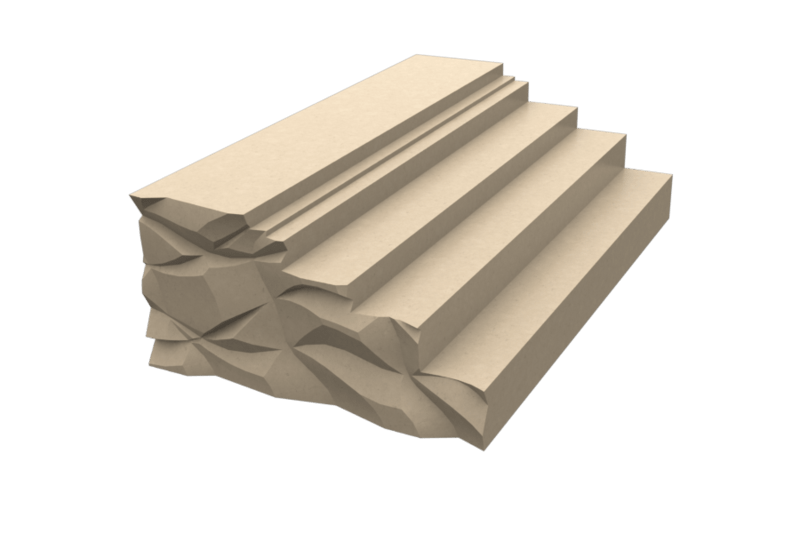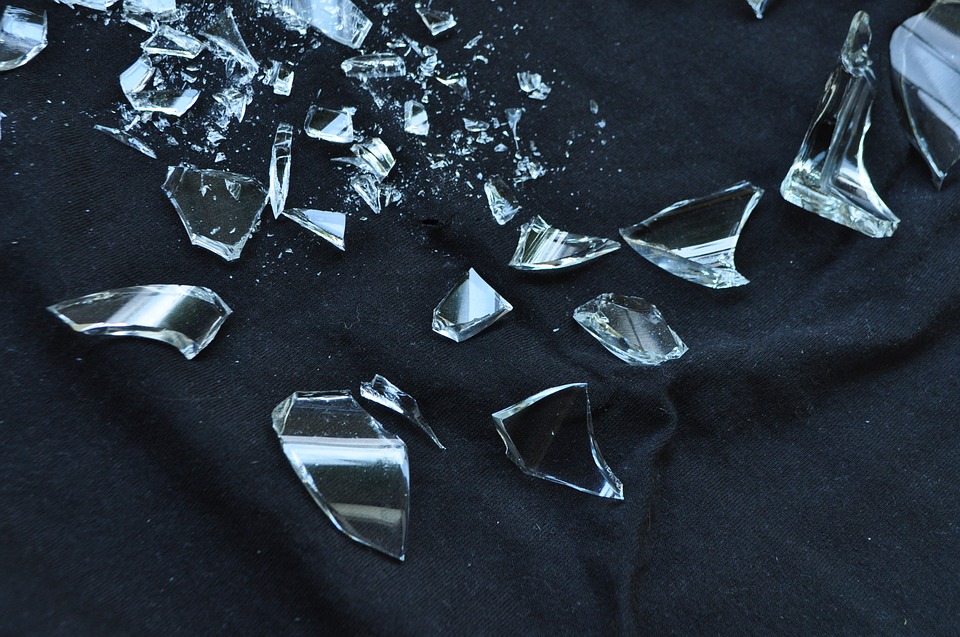Difference Between Cleavage and Fracture
The key difference between cleavage and fracture is that cleavage is the manner in which a mineral break along its plane of weakness whereas fracture is breakage of the mineral when atomic bonding is perfect, and there is no weakness.
Cleavage and fracture are physical characteristics that help in the identification of a mineral. The words cleavage and fracture are very common words that we use in many contexts. However, it is while identifying minerals that these words are used together as these are physical attributes of minerals and help in mineral identification as different minerals have different types of fractures and cleavages. Accordingly, like colour, density, lustre, etc., fracture and cleavage too become a basis of differentiation between different minerals.
CONTENTS
1. Overview and Key Difference
2. What is Cleavage
3. What is Fracture
4. Side by Side Comparison – Cleavage vs Fracture in Tabular Form
5. Summary
What is Cleavage?
Cleavage is the manner in which a mineral break along its plane of weakness. It occurs along the smooth planes that are parallel to zones of weak bonding. Furthermore, it can occur in different ways as follows:
- Cleavage in one direction. i.e. muscovite
- In two directions. i.e. feldspar
- In three directions – cubic. i.e. halite, and
- Cleavage in three directions – rhombohedral. i.e. calcite.

Figure 01: Cleavage in two Directions
Traditionally, we use this property for identification of different minerals. It is useful in both hand specimen identification and microscopic examination of minerals.
Moreover, it is important in cutting gemstones. Also, it is important in the electronics industry. For instance, Synthetic single crystals of semiconductor materials are generally sold as thin wafers which are much easier to cleave.
What is Fracture?
Fracture is s breakage of a mineral when atomic bonding is perfect, and there is no weakness. It occurs along curved surfaces without a definite shape. The minerals that have this property has no panes of weakness. Moreover, they break irregularly.

Figure 02: Glass Fracture
Furthermore, the fracture is the mark left on a crystal when it breaks, but the atomic bonding between atoms in its crystalline structure shows no weakness and is perfect. Such minerals, when put under stress, break into pieces, no two of which are alike. Moreover, the fracture is basically either conchoidal or non-conchoidal. An example of conchoidal fracture is the glass breakage; there we can see circular patterns in broken pieces. Whereas, when quarts break, pieces show non-conchoidal fracture with no fixed pattern.
What is the Difference Between Cleavage and Fracture?
Cleavage and fracture are two properties of minerals. The key difference between cleavage and fracture is that the cleavage is the manner in which a mineral break along its plane of weakness whereas fracture is breakage of a mineral when atomic bonding is perfect, and there is no weakness.
As another important difference between cleavage and fracture, we can say that cleavage is regular, but fracture is irregular. As examples of minerals with cleavage we can give halite, calcite, gypsum, etc. Quartz is a mineral that shows fracture rather than cleavage.
More details are given in the below infographic on difference between cleavage and fracture.

Summary – Cleavage vs Fracture
Cleavage and fracture are physical characteristics that help in the identification of a mineral. The key difference between cleavage and fracture is that the cleavage is the manner in which a mineral breaks along its plane of weakness whereas fracture is a breakage of mineral when atomic bonding is perfect, and there is no weakness.
Reference:
1. “Minerals”. Academic.brooklyn.cuny.edu. Available here
2. “Mineral Identification.” Knoop Microhardness Tester. Available here
Image Courtesy:
1.”Two Cleavage Planes at 90 Degrees 3″By Brianbjohnson – Own work, (CC BY-SA 3.0) via Commons Wikimedia
2.”1818068″ by marcelabr (CC0) via pixabay
ncG1vNJzZmivp6x7pbXFn5yrnZ6YsqOx07CcnqZemLyue8OinZ%2Bdopq7pLGMm5ytr5Wau26vy56Yr5mXmnqiusNmraxllqeupMDUq5xo